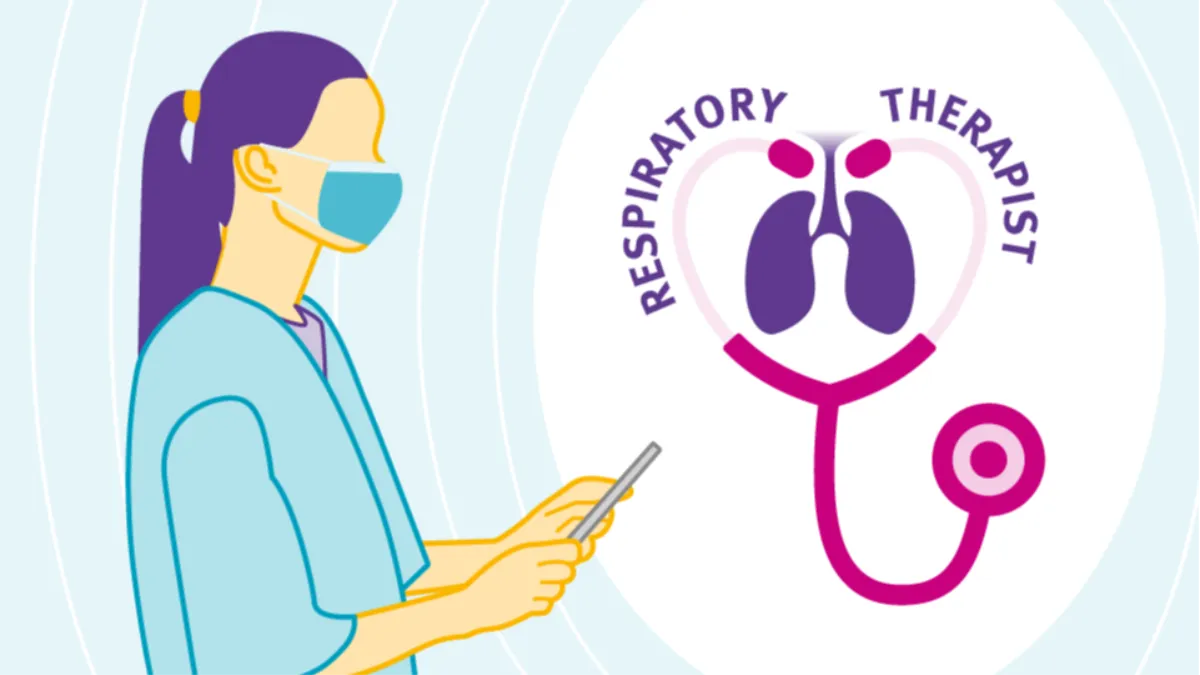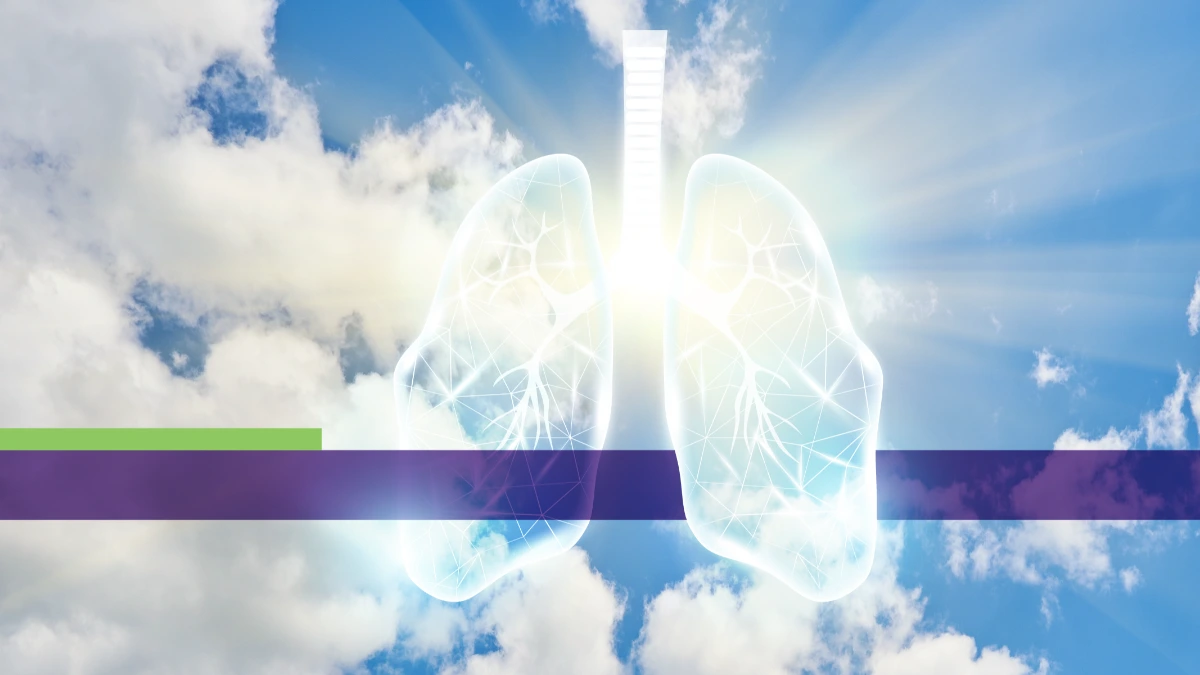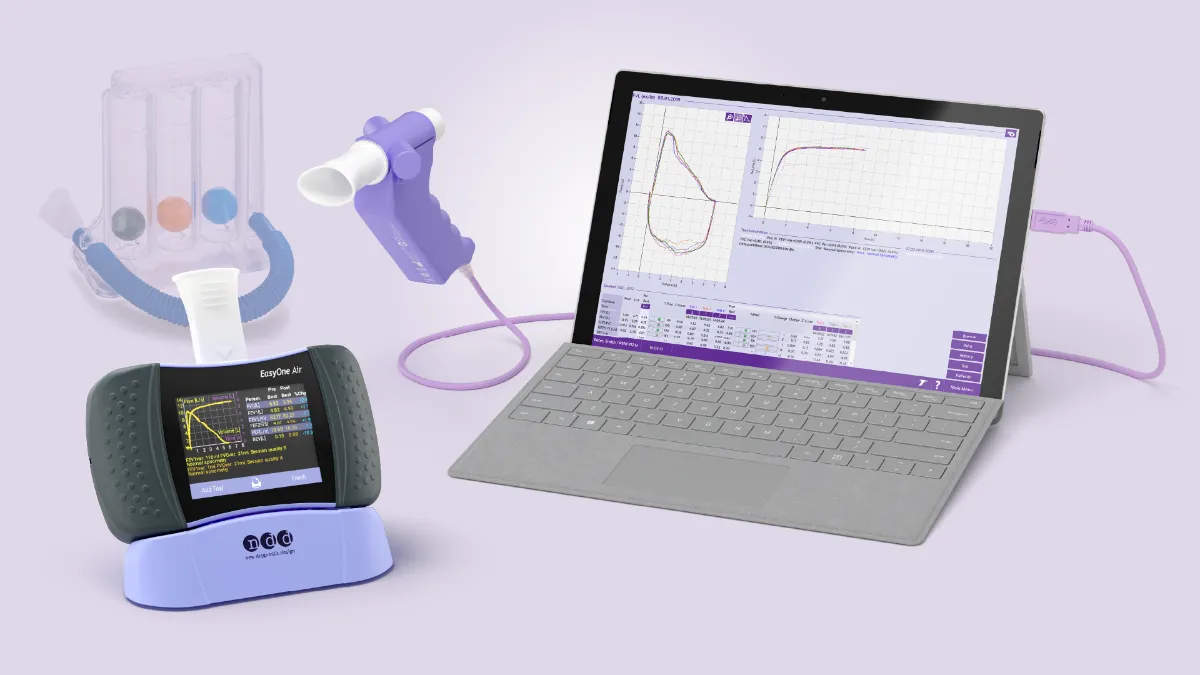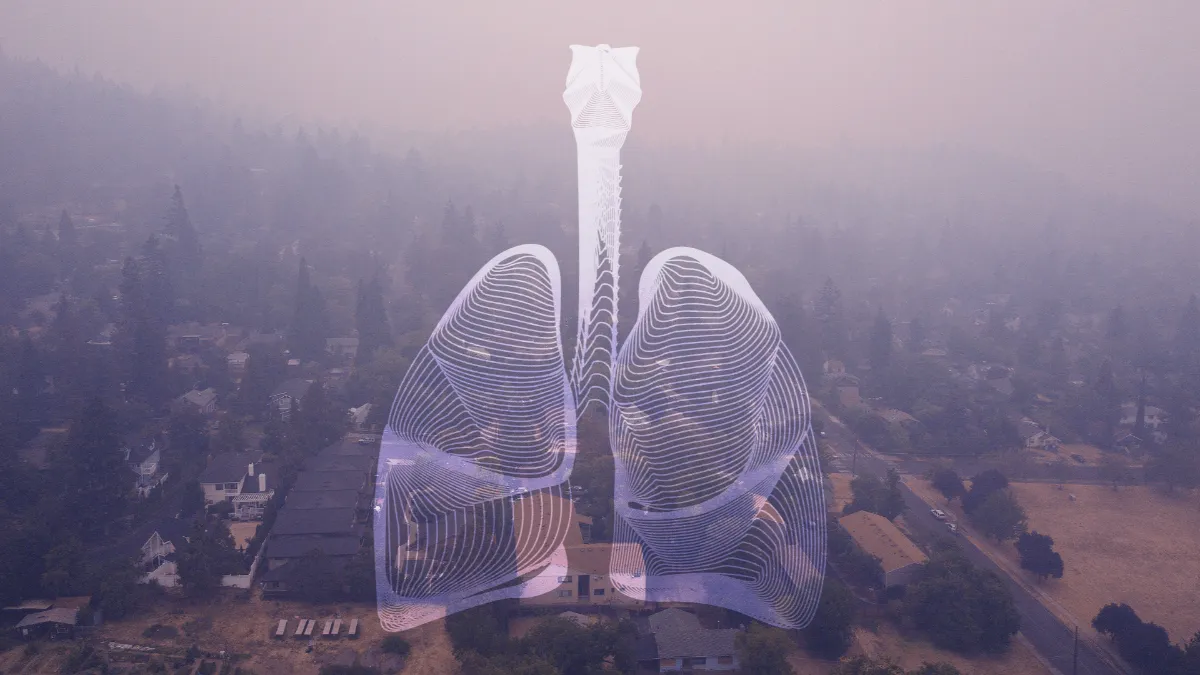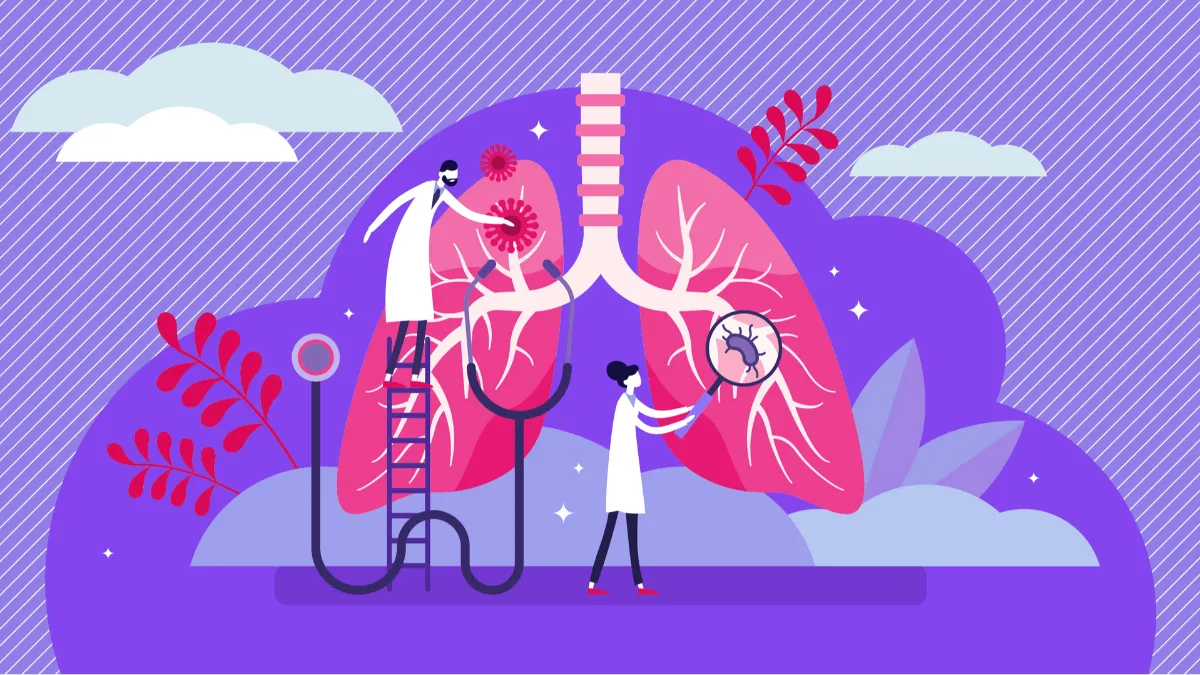Managing lung disease in the heat of summer
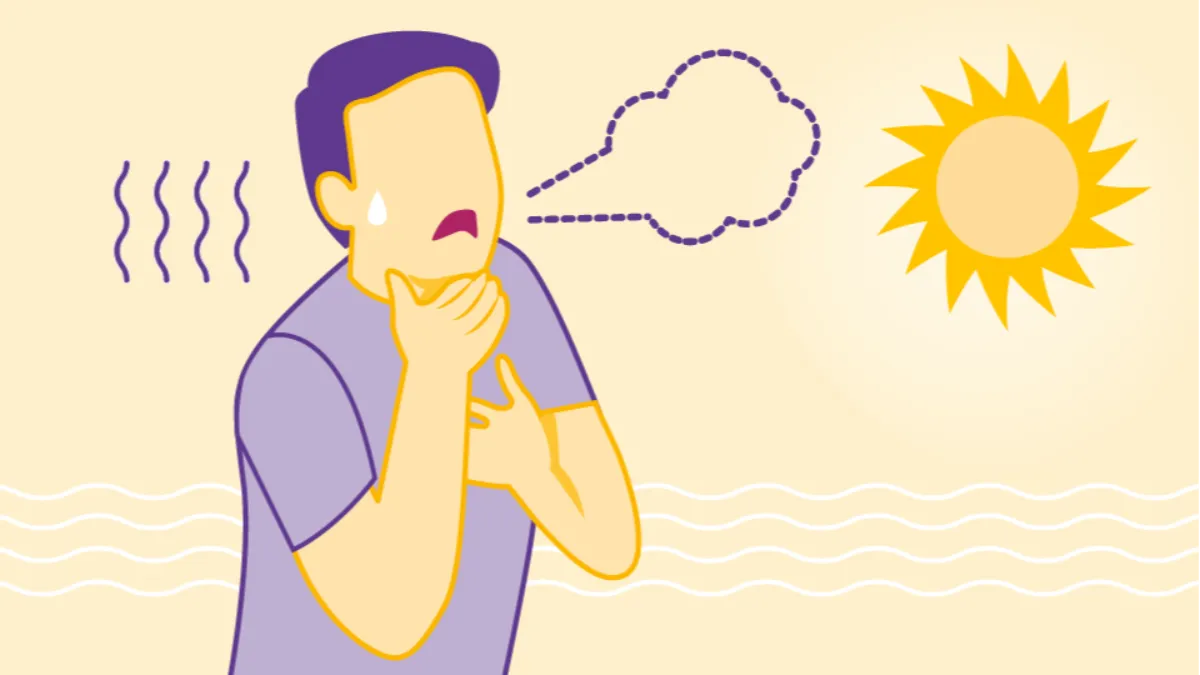
Summer is now in full swing in the Northern Hemisphere. For many, that usually means a welcome respite from being stuck indoors during the cold winter months. This year in particular, in what are hopefully the waning days of the COVID-19 pandemic, summer brings vacations and relaxation.
Of course, chronic lung conditions rarely take days off. For many, the very things that make summer so enjoyable for the masses can cause misery for those dealing with asthma, COPD, or other breathing issues. If you or someone you care about lives with one of these conditions, it’s important to understand how seasonal changes can affect breathing, and what steps can be taken to reduce those effects. That way, you can get back to living your best summer as quickly as possible!
Know your triggers #
Why is summer so tricky for allergy problems and other symptom flares? In many cases, it comes down a surge in the amount of things floating around in the air. Year-round, there is a certain level of particulate matter in the air, from things like dust mites, mold and mildew, and animal dander. But once nature starts shrugging off the cold of winter, the air can get virtually flooded with things like pollen. In addition, with people spending more time outside, there is often more exposure to other air pollutants, from industrial smoke, traffic, and even wildfires. What triggers flares will vary from person to person, so one of the most basic things people can do to manage symptoms is to track when and where they start to feel that extra burden and look for trends. Let’s take a look at some of the more common symptom triggers for people with allergies, asthma and other lung issues.
Pollen
Pollen, an essential part of the plant reproductive cycle, is certainly one of the best known triggers. What many may not realize is that different kinds of pollens can be prevalent at different times of the spring and summer. According to the American College of Allergy, Asthma, and Immunology (ACAAI), various trees kick off pollen season in the spring, followed by grasses in late spring and into summer, with things wrapped up in most of the country by ragweed.1 Of course, this can vary widely based on geography and weather conditions. For example, warmer parts of the country may see grasses in a state of pollination throughout most of the year, and mild winters may cause plants to start blooming earlier than usual in more temperate areas. A recent study published in the Proceedings of the National Academy of Sciences(PNAS) journal also has some bad news for those sensitive to pollen: Changes in global climate appear to be causing longer pollen seasons with higher overall pollen counts.2Fortunately, ACAAI also gives some tips for avoiding pollen, mold, and similar plant-based irritants. For example, pollen counts tend to be higher in the morning, so scheduling outdoor activities for later in the day may reduce exposure. Similarly, taking into account weather-based factors (pollen counts are higher during windy days and just after rainfall) can help keep pollen grains away from sensitive airways. And, of course, there are various medications available to reduce symptoms and potentially even the sensitivity itself.
Stormy skies
Many people with chronic airway issues are a little surprised to find out they aren’t the only ones who see changes in symptoms alongside changes in weather conditions. However, more than one study has suggested the existence of so-called “thunderstorm asthma,” including one published in the Journal of the American Medical Association (JAMA) in 2020.3 Somewhat surprisingly, the study found that emergency department visits related to respiratory symptom flares surged in the 24 hours before thunderstorms were reported in the area. It’s unclear exactly what causes the phenomenon; some attribute it to changes in particulate matter due to air pollution or (relatively) sudden changes in temperature related to the oncoming storms. Physics may also play a role; storms are generally associated with areas of relatively low barometric pressure, and the lower the pressure gradient is between the thorax and the atmosphere, the harder it can be to inflate the lung.4 The change can be subtle, but in those who already have minimal reserve, it can be enough.As one might expect, since there’s no way to control it, avoiding symptom flares caused by weather can be tricky. Keeping an eye on forecasts and being prepared is the key here.
Something in the air
Other, less-dramatic atmospheric phenomena may also cause extra problems. Of course, heat and humidity themselves can cause problems, but there are some less -obvious culprits as well. Many people are familiar with the ozone layer, a blanket of trimolecular oxygen several miles high in the atmosphere that protects the planet from ultraviolet radiation. But when ozone develops closer to the surface, it acts as to trigger inflammation in the respiratory tract, and thus trigger symptom flares associated with that increased inflammation. On hot days with no wind, ozone can easily build up near the surface and wind up in the lungs.Unfortunately, with these triggers, mitigation usually comes down to avoidance. When thunderstorms are imminent or “ozone alert days” are issued, it’s a good idea to stay indoors as much as possible.5 Outdoor activities should once again be done either early in the morning or later in the evening, and activities that can potentially produce ozone (including painting or using small engines such as those found on lawnmowers) should be avoided altogether. Just like when storms are on the horizon, when it’s hot outside, moving activities indoors where temperature and humidity levels can be moderated with things like air conditioning and fans should be considered.
Be prepared #
Recognizing and avoiding triggers is only the first step in reducing their impacts on symptoms and quality of life. Developing a plan to maintain exercise programs, appropriate levels of hydration, and daily routines in the face of the heat, humidity, and electricity of summer is also critically important. People living with chronic respiratory conditions (as well as the people who care for them) should familiarize themselves with local resources that can help keep them ahead of potential trigger days. For example, the website www.pollen.com has extensive maps and forecasts covering the continental United States, as well as links to apps and other resources to help track symptoms and help identify allergen triggers. The US Environmental Protection Agency operates the website www.AirNow.gov, which provides county level information on air quality measurements, including current conditions and forecasts. These metrics are also usually reported by local radio and television stations, which are also primary sources for ozone alerts. Staying in close contact with one’s entire clinical team to develop action plans for adverse atmospheric conditions. And, of course, packing a small bag of supplies for a brief trip away in case conditions get simply unbearable may be a last resort option.
Beat the heat #
As is so often the case, managing symptom flares comes down first to recognizing them early, getting appropriate treatment, then working to avoid the triggers in the future. Treating summer flares is not particularly different, although the triggers can be quite a bit tougher to identify. However, by tracking symptoms, staying informed about weather and atmospheric conditions, and open communication with one’s clinicians, people can not only beat the heat, they can continue to stay cool!
Seasonal Allergies | Causes, Symptoms & Treatment | ACAAI Public Website. https://acaai.org/allergies/seasonal-allergies. Accessed July 22, 2021. ↩︎
Anderegg WRL, Abatzoglou JT, Anderegg LDL, Bielory L, Kinney PL, Ziska L. Anthropogenic climate change is worsening North American pollen seasons. Proc Natl Acad Sci. 2021;118(7). doi:10.1073/PNAS.2013284118 ↩︎
Zou E, Worsham C, Miller NH, Molitor D, Reif J, Jena AB. Emergency Visits for Thunderstorm-Related Respiratory Illnesses among Older Adults. JAMA Intern Med. 2020;180(9):1248-1250. doi:10.1001/jamainternmed.2020.1672 ↩︎
Barometric pressure change and shortness of breath flare ups. https://pulmonaryrehab.com/barometric-pressure-change-and-shortness-of-breath-flare-ups/. Accessed July 24, 2021. ↩︎
What are Ozone Action Days? - MSU Extension. https://www.canr.msu.edu/news/what_are_ozone_action_days. Accessed July 24, 2021. ↩︎


